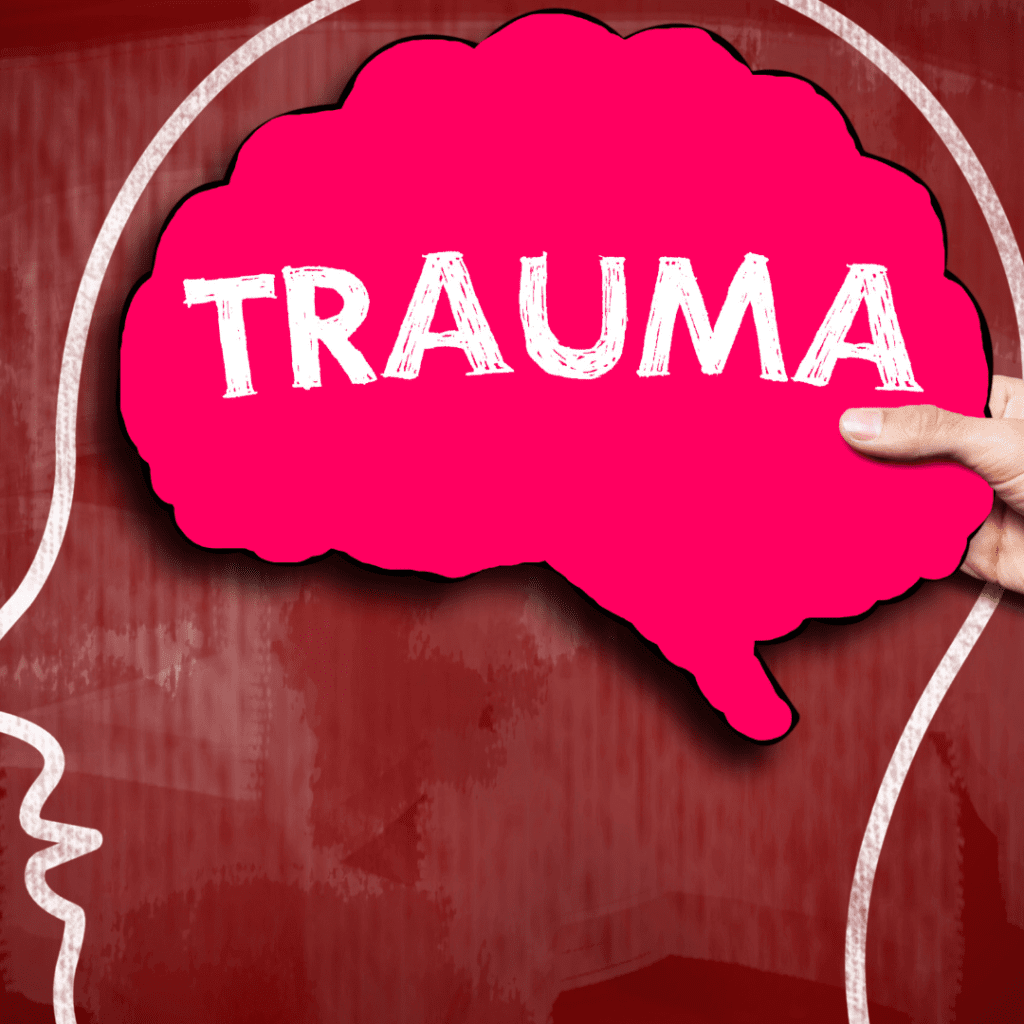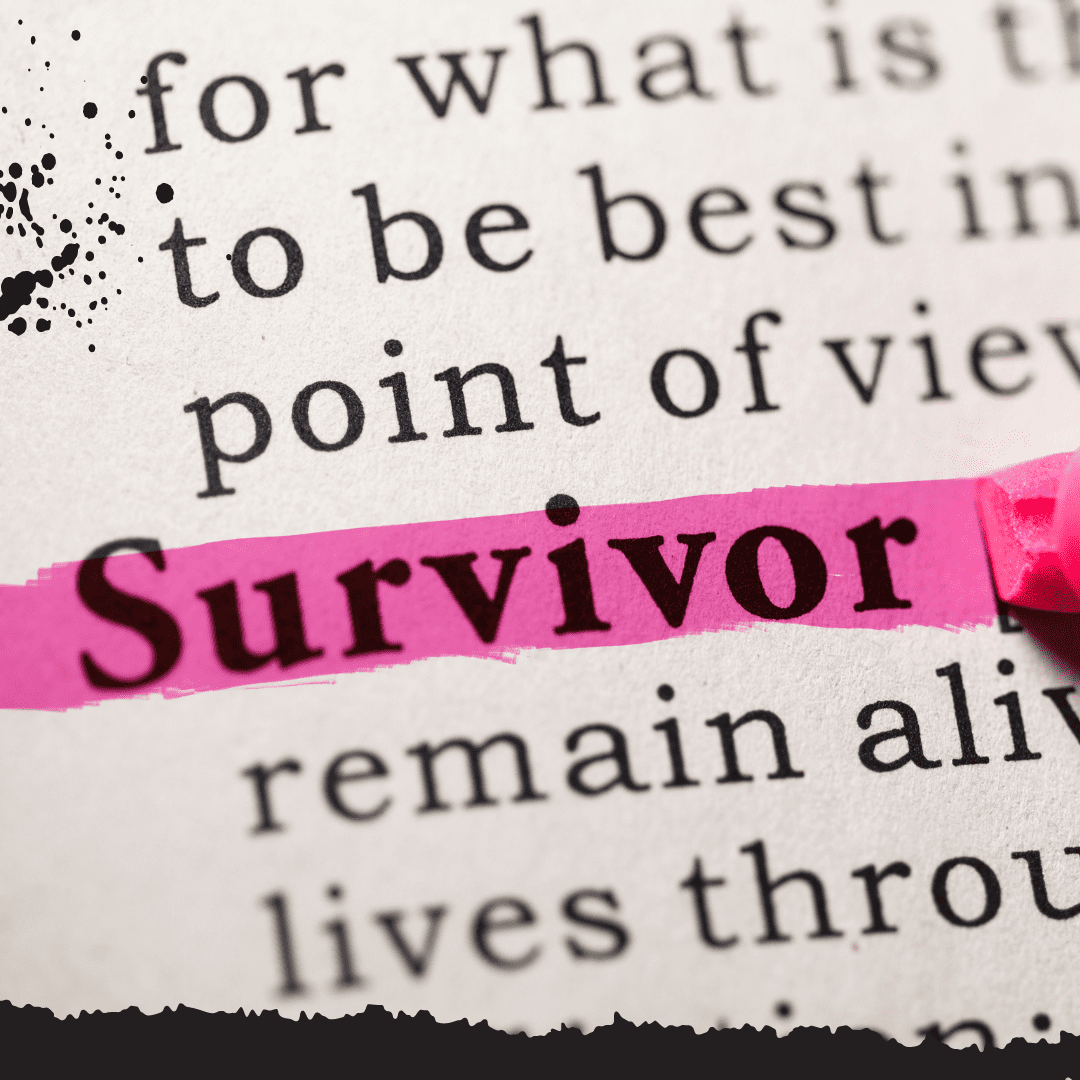If you suffer from complex PTSD, we want you to know you’re not alone. Adam and I are both survivors working through complex PTSD as result of trauma from our parents and family members who have narcissistic and borderline personality disorders. We know the hardship of dealing with the subsequent symptoms to trauma.
On the outside we look as though we come from loving families but on the inside we struggle constantly with self-esteem issues, hypervigilance, depression and anxiety. We’ve just learned to smile through painful times.
Narcissistic abuse, a form of emotional abuse, can lay the groundwork for complex PTSD in individuals. The narcissist will manipulate, gaslight, and relentlessly belittle, which erodes the victim’s mental health and wellbeing.
Complex PTSD can result from the multifaceted trauma inflicted by those with narcissistic personality disorder or traits. Recognizing the symptoms and the experiences contributing to them is the beginning of recovery.
Different types of therapy can help to validate the victim’s experiences and pave the way for healing.
Narcissistic Abuse
Narcissistic abuse surpasses traditional emotional harm by profoundly impacting the survivor’s psychological wellbeing and quality of life.
Victims often endure a lack of emotional regulation from the person with narcissistic traits or personality disorder.
This kind of abuse, marked by intense manipulation, can cause the victim to have a shattered self-concept and chronic hypervigilance.
Recovery demands the acknowledgment of the effects of this abuse, such as flashbacks and nightmares – frequent battles fought daily by the survivors.
Symptoms of Complex PTSD
Survivors of narcissistic abuse display symptoms that speak volumes of the deep emotional scars left behind.
Flashbacks: individuals relive the emotional abuse, gaslighting, and manipulation as if they were happening in the present. These could occur suddenly, with specific triggers setting off distressing memories.
It can also be emotionally subtle, where you recall a fight or flight response similar to when the trauma occurred.
Hypervigilance becomes a constant tool that keeps the victim on edge, scanning for signs of danger that resemble past behaviors that led to or caused the trauma.
Being perpetually alert will exhaust the mind and body, making normal functioning a Herculean task.
Nightmares disrupt sleep with harrowing scenarios, often replaying the trauma or inventing new torments. These terrors will leave the survivor in a state of fear.
Negative self-concept and hopelessness: a ruthless inner critic forms, and toxic shame keeps the victim frozen in torment and accepting that what are wrong lies within them.
These ongoing symptoms require much support and tailored therapeutic approaches to reclaim peace and well-being. It’s not uncommon that by experiencing the above, survivors may retreat to self-isolation as well (PsychCentral).

The Cycle of Narcissistic Abuse
Victims often fall into a predictable cycle. It begins with gaslighting and manipulation to sow doubt and insecurity in the survivor. Initially, it feels like an odd unreality.
The narcissist then follows up with emotional abuse through the belittling to whittle away at the victim’s self-esteem. At this point, the victim may feel emotionally depleted and confused.
As the narcissist persists with these transgressions, trauma unfolds. Symptoms of Complex PTSD emerge, profoundly altering the victim’s mental health condition.
Unfortunately, the tactics above ensure that the victim stays bound to the narcissist without acknowledging the trauma inflicted.
Therapeutic Approaches to Healing
Cognitive Behavioral Therapy (CBT) and Eye Movement Desensitization and Reprocessing (EMDR) can be transformational tools for victims with CPTSD.
CBT, and more specifically trauma-focused CBT (TF-CBT), addresses the intertwined web of negative thoughts, feelings, and behaviors to foster emotional regulation and resilience.
The goal is to identify distortions in the victim’s thinking patterns, which are heavily influenced by long-term emotional abuse, gaslighting, and manipulation.
It empowers individuals to process flashbacks, hypervigilance, and the triggers that propel their behavior. By doing this, a path to reshape negative beliefs related to the trauma becomes clear.
EMDR, in contrast, utilizes the patient’s own rapid, rhythmic eye movements to interrupt the power of emotionally intense memories of past traumatic events.
DBT focuses on emotional regulation and mindful practices, crucial skills for survivors who had once felt their feelings dismissed by their abusers and are anchored to painful memories or flashbacks. DBT also equips individuals with distress tolerance skills. These skills are essential for navigating overwhelming emotions and triggers.
Fostering a Supportive Community
Survivors of narcissistic abuse frequently encounter a lonely path towards healing. Supportive communities provide validation, understanding, and shared experiences that foster a sense of belonging and hope.
They have been shown to play a crucial role in the trauma recovery process, aiding survivors in regaining their mental health condition.
Engaging with online forums or local support groups can serve as a lifeline. These platforms offer resources, including access to trauma-informed therapy insights.
Strategies are also available for managing PTSD symptoms. Survivors can harness the wisdom and empowerment from the community, propelling them towards a brighter, liberated future.
Empowering Your Journey Forward
The journey of healing from complex PTSD and narcissistic abuse may seem impossible. After cycles of emotional abuse, gaslighting, and manipulation, survivors must bear flashbacks, hypervigilance, and a negative self-concept.
Yet there is a path towards healing by acknowledging the trauma, recognizing the symptoms, engaging in trauma-informed therapy, and finding a supportive community. The journey may be complex and overwhelming, but by taking steps toward healing, survivors can reclaim their lives and break the chains of trauma.
Do you have Complex PTSD?
You’re not alone. Please drop us a comment below. If you need reasons to know when it’s time to go no contact, check out our article here.
Our traumas also stem from enmeshment. For more information on the different types of enmeshment, please check out the articles below:
Mother Enmeshment
Mother-Son Enmeshment
Father-Daughter Enmeshment
Enmeshed Family
Disclaimer: All content and information on this website including our recipes and blog articles is for informational and educational purposes only and does not constitute medical, psychological, or health advice (for that please always seek the help of a professional in these areas). We do not warrant that the information presented herein is free of any errors or omissions although we do our best to provide information backed by research.

